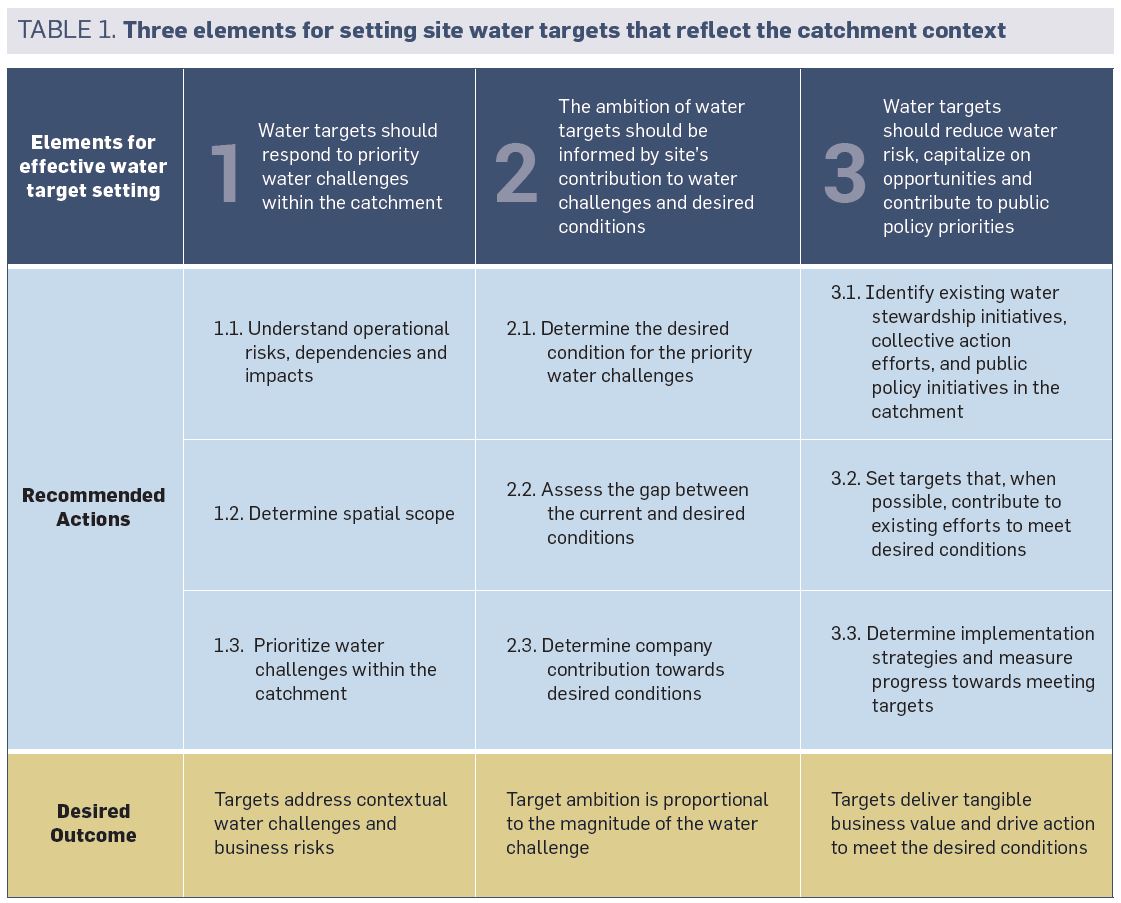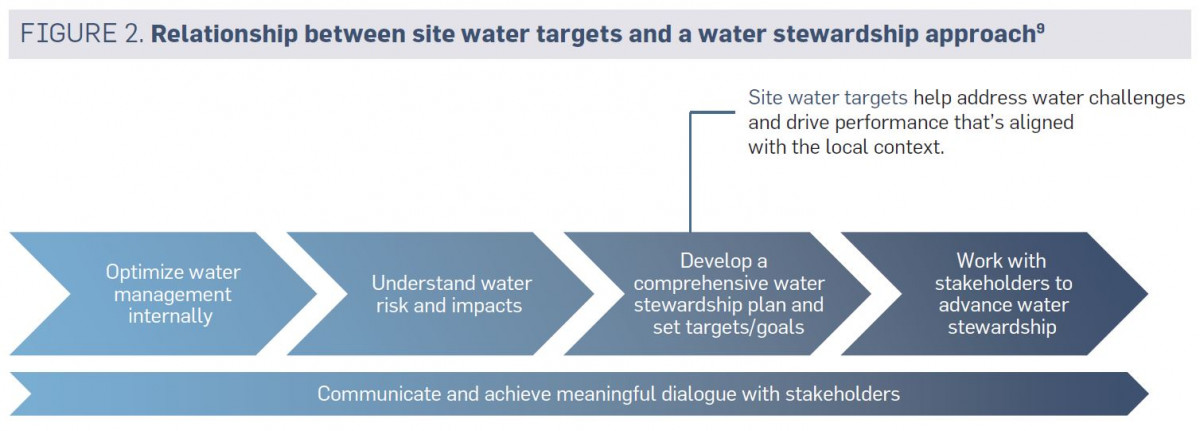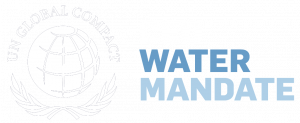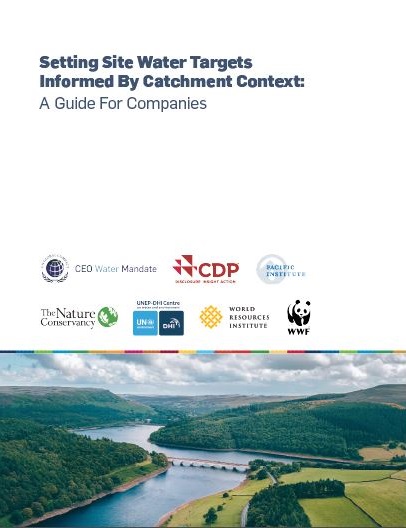The world’s water resources are under growing pressure from rising water consumption, greater pollution, weak governance, and climate change—exposing companies to increased water-related risks.1 In response, many companies are engaging in water stewardship and setting water targets to help address their water-related externalities and secure water for the growing needs of all users.
Site water targets informed by catchment context have an important role to play in addressing water challenges and driving informed actions at the local level. Yet a minority of companies are setting them.2
This guide aims to help companies set effective site water targets that are informed by catchment context, which can create value and lessen risks for the company and support collective action. This guide is intended for site staff or technical water specialists responsible for water management, and relevant corporate staff. This guide lays out three key elements for setting effective site water targets:
- Water targets should respond to priority water challenges within the catchment;
- The ambition of water targets should be informed by the site’s contribution to water challenges and desired conditions; and
- Water targets should reduce water risk, capitalize on opportunities, and contribute to public sector priorities.

Site water targets are often derived from company-wide targets that are focused on total water use, water efficiency, and/or water quality and may not include other water challenges such as access to safe and affordable drinking water, sanitation and hygiene (WASH). As such, targets may not address the local water challenges most relevant to the site.

In most instances, a company acting in isolation will not significantly enhance water security in a catchment. Companies are encouraged to work with other water users to collectively set water targets that are based on a shared understanding of the catchment context and their relative contributions. When this is not achievable in the near term, companies are encouraged to set water targets informed by catchment context to demonstrate leadership to others, while enabling their site(s) to be better prepared and address water challenges.

